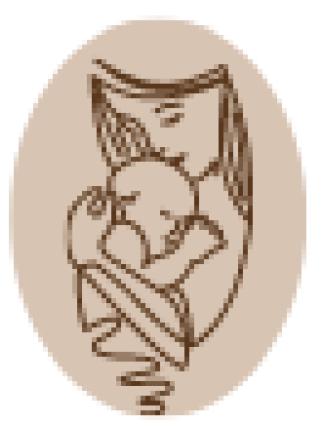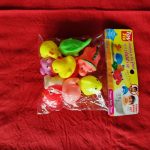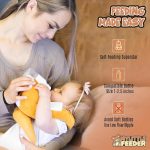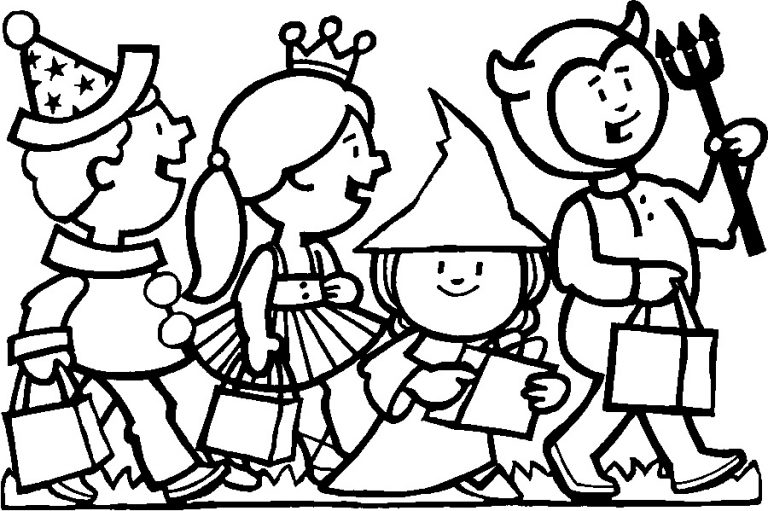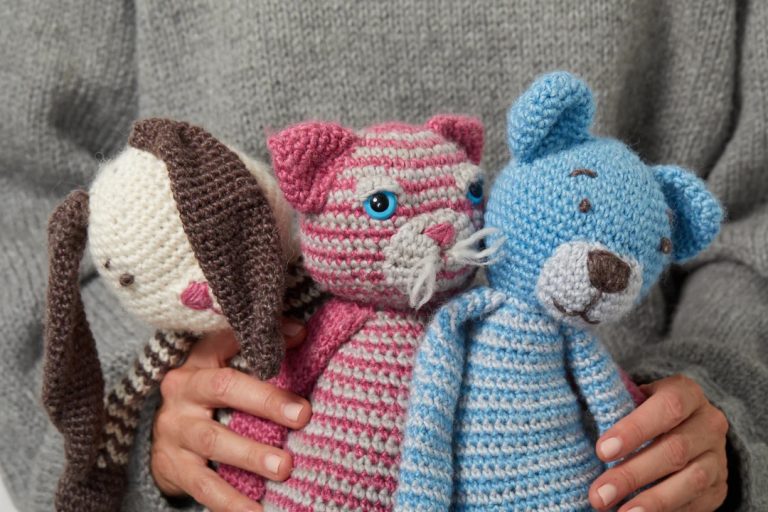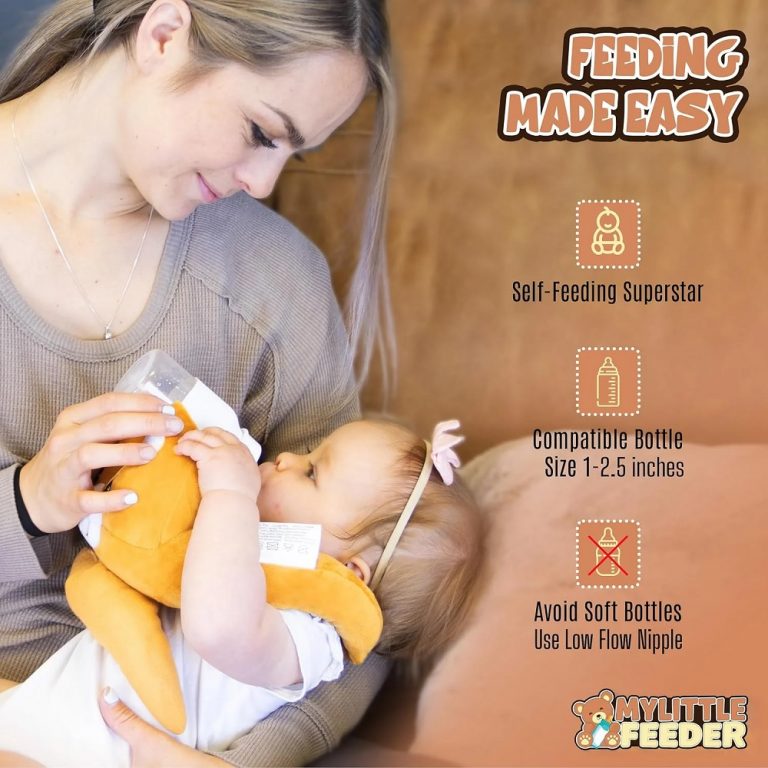Having a pet calls for some extra responsibility. You will have to look into the well-being of the pet.
The first thing you will have to consider is the diet.
Diet in itself is very complex and challenging to follow, even for us human beings. It is the same case when you own a turtle.
Turtles are fascinating creatures, and all they care about is food and their survival. It is, therefore, up to us to provide the food for them when they are in our custody.
For the turtles to remain healthy, they need different means, which will provide different nutrients.
Since they cannot go out of their tanks to look for food on their own, it is up to us to decide some of the best foods and varieties to give them.
In this guide, we shall be looking at some of the best turtle foods and foods for baby turtles.
You will also learn why these foods are considered the best.
If you want to keep the cage cleaning minimal (always smart) a the recommended turtle feeding technique is to move your turtle to a smaller water filled container. This makes it easy to clean since you can just dump the water after the turtle has eaten. To minimize temperature shock it would be a good idea to pull the water from the habitat.
But, the easiest way to feed an aquatic turtle is to just drop the food into the water in their habitat. However, that usually means you will need to clean the food waste from the tank more often to prevent algae and mold growth. A good filter will help with that though, so make sure you are confident in your filter before feeding in the tank.
Adult Diet
Once a turtle hits the age of about 18 months old you should start phasing down the amount of protein you’re feeding them. At this point a healthy diet should be 50-60% leafy greens and some fruit.
Adult turtles still need protein, however by this age their shell is mostly grown and so too much protein can actually be detrimental. Too little leafy greens and too much protein can lead to pyramidding and eventually debilitating deformity. A healthy mix is 50-70% leafy greens and the rest a protein source.
Food Pellets
I’m of the mind that a turtle’s diet ought to match as closely as possible to what they would eat in the wild. However, it’s tricky to maintain a proper balance of vitamins and can be a pain to ensure you always have enough veggies for your turtle. That’s why commercial pellets were invented. They greatly simplify the feeding process. You can mix in pellets, but I would not recommend making pellets more than 50% of your turtle’s diet.
Buyer Beware
Not all pellets are created equal. Some are well balanced nutritionally and others (most) are lacking.
Our Red-eared Slider was showing some early signs of pyramidding so we took him in to see the vet. We asked the vet about the pellets we were using as his primary food. These major brand turtle food pellets exclaimed how complete the nutrition was all over label. The vet said that these pellets were definitely the cause of the pyramidding. She even went on to say that none of the pellets you can buy in most pet stores really offer enough nutrients to be a primary food source. Despite the containers saying explicitly that it is designed to be used as a primary food, it is not!
